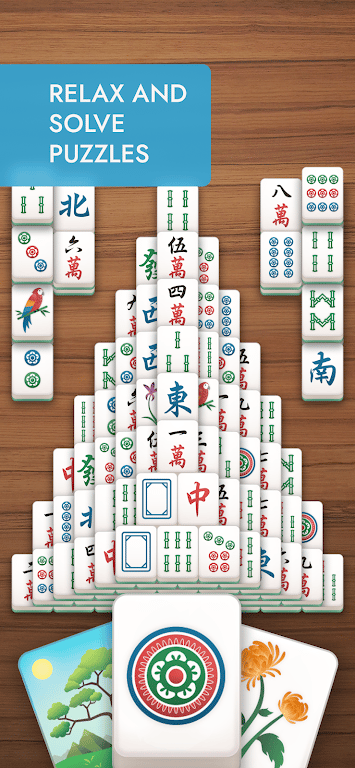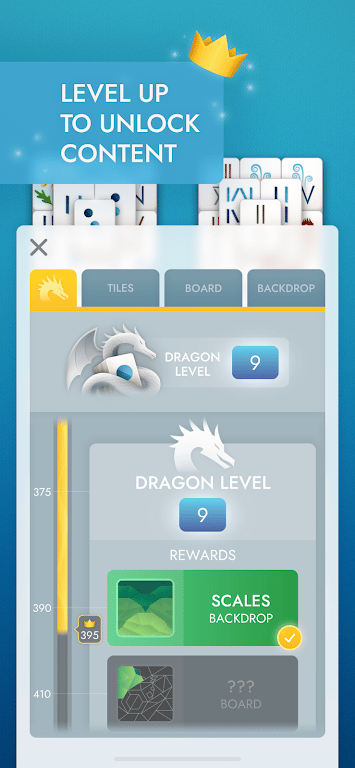Mahjong (mahjong) is a tabletop game of Chinese origin that dates back to the late 19th century in China. Mahjong is a four-player game in which players need to combine suits, numbers and winds to win, and is popular worldwide, especially in Asia. It is a competitive game, but can also be a social activity.
The origins of Mahjong can be traced back to the Guangdong and Fujian regions of southern China. The earliest Mahjong games probably evolved from other card games, and Mahjong became popular throughout China in the late 19th and early 20th centuries, eventually spreading to Japan and other Asian countries. Today, Mahjong has many different variants and rules around the world.
Mahjong is a four-player game that usually uses 144 cards. The cards are divided into three different suits: mahjong, mahjong and mahjong. Each suit has a number of cards from 1-9, and each number has four cards. In addition, there are wind and flower tiles, which have no numbers but have a special meaning in the game. Each player receives 13 cards at the beginning of the game and then takes turns drawing a card from the wall and discarding a card to try to combine their hands.
The goal of Mahjong is to combine specific combinations of cards, called "draws", which can be straights, kongs or kongs. A straight is a set of three consecutive cards, a kong is a set of three identical cards, and a kong is a set of four identical cards. Mahjong requires a high degree of observation, calculation and strategic thinking, as well as some luck.
Mahjong is not only a recreational activity, but also a social activity. It can help players communicate and build social relationships. Mahjong is also a competitive activity, and there are Mahjong tournaments in many parts of Asia.
Mahjong Mod Apk v1.1.8.113(No Ads Free Rewards)
Updated On Sep 3, 2024
 Removal of ads
Removal of ads
 Removal of ads
Removal of ads
App NameMahjong
Tagnull
Versionv1.1.8.113
Mod InfoNo Ads Free Rewards
Package Namecom.brainium.mahjongfree
CategoryBoard
Size216.80M
MOD features
 Removal of ads
Removal of ads





Mini Golf Star Multiplayer game
1.3 + 25.11MB
Unlimited Resources

Escape Game Ninja Mansion
1.1.6 + 111.97MB
Unlock all levels

Ludo King
9.8.0.369 + 178.95MB
No Ads Free Rewards

3 Tiles Master Tiledom
1.0 + 34.86MB
Unlimited Resources

Sea Battle
1.3.1 + 25.40MB
Unlimited Resources

Sea Battle 2
3.13.5 + 109.92MB
No Ads / Speed Hack

Spin Spin Defense
2.14.0 + 112.38MB
No Cost

Dragon Village
6.0.14 + 1136.52MB
Speed Hack / No Ads

Herex Simulator Indonesia
1.0.51 + 206.12MB
No Ads Free Rewards / Save Editor

Stella Sora
1.1.0 + 163.05MB
Mod Menu

Grand Mobile:RP Life Simulator
51.00-getApps + 167.22MB
Speed Hack / No Ads / Save Editor

Crush & Collect: Idle Game
1.2.1 + 110.24MB
Unlimited Resources

 Bonus Game
Bonus Game







